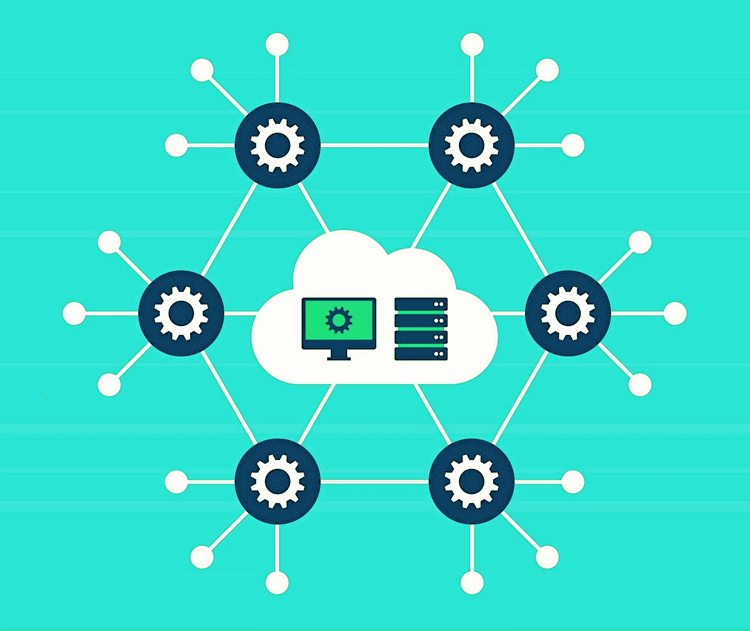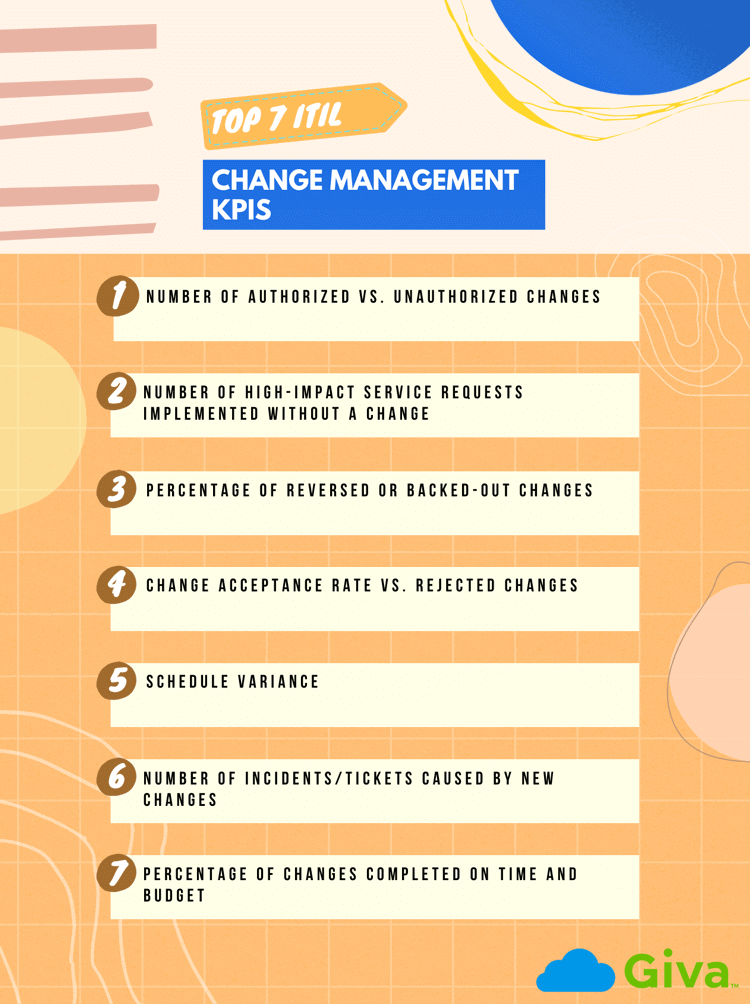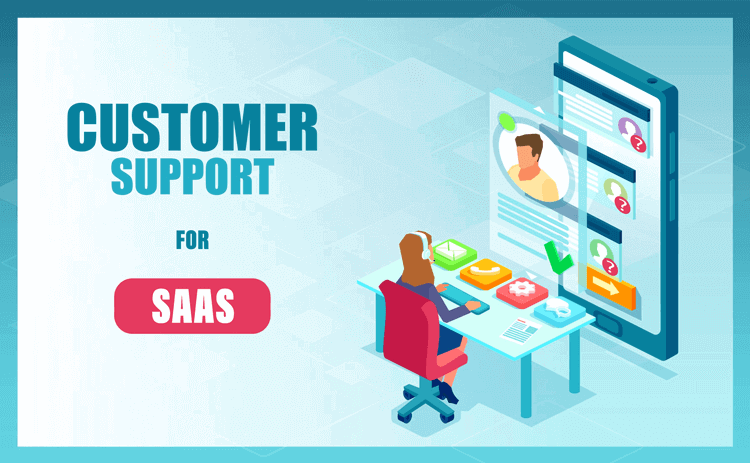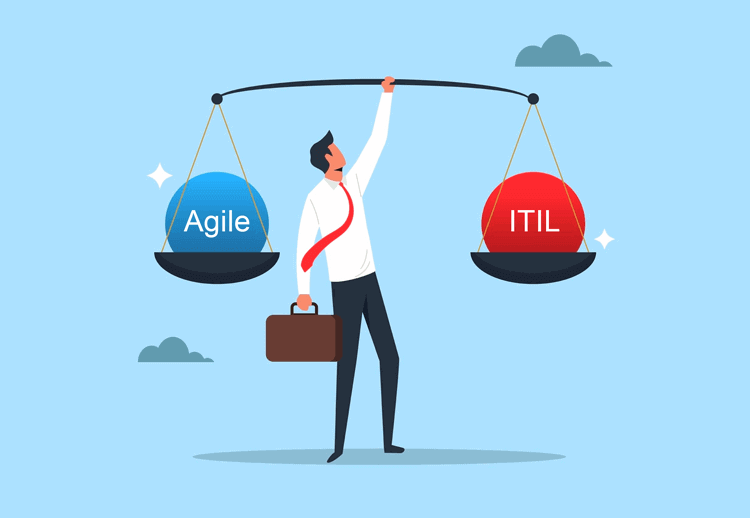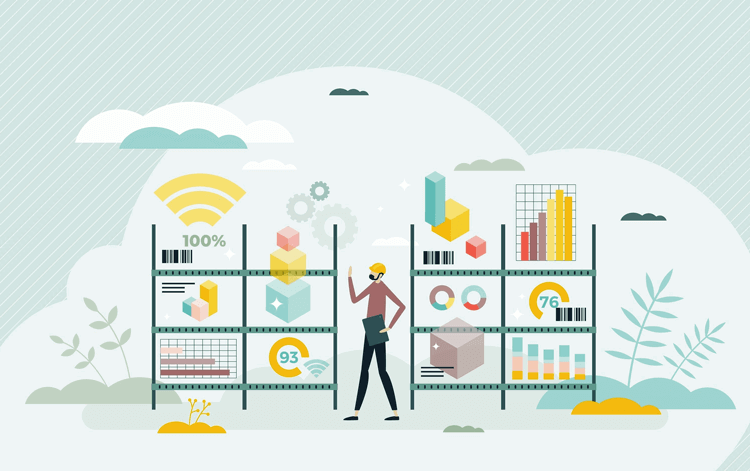What Is Edge Computing? Plus Benefits, Challenges and Examples
Edge computing, or edge cloud computing, is a new technology for communications and data processing connected to the cloud. More people are wondering what it is as it gains popularity. How does it work, and how does it compare to cloud computing? Everyone should know a few key traits of edge tech and its main applications today.
